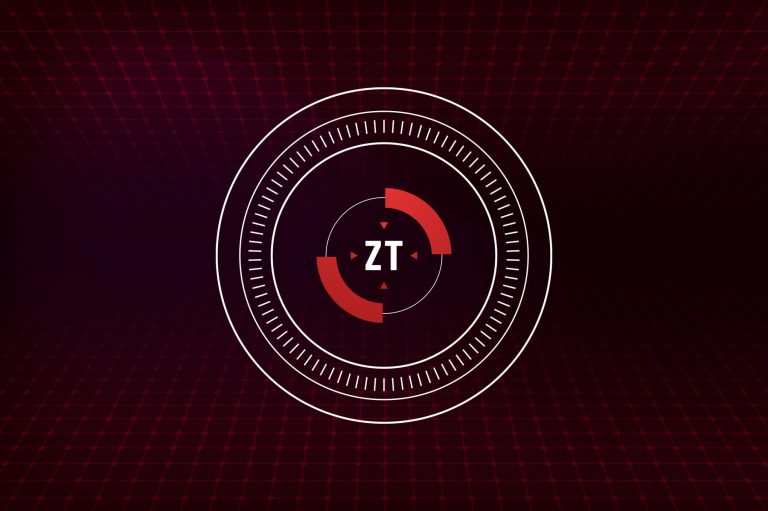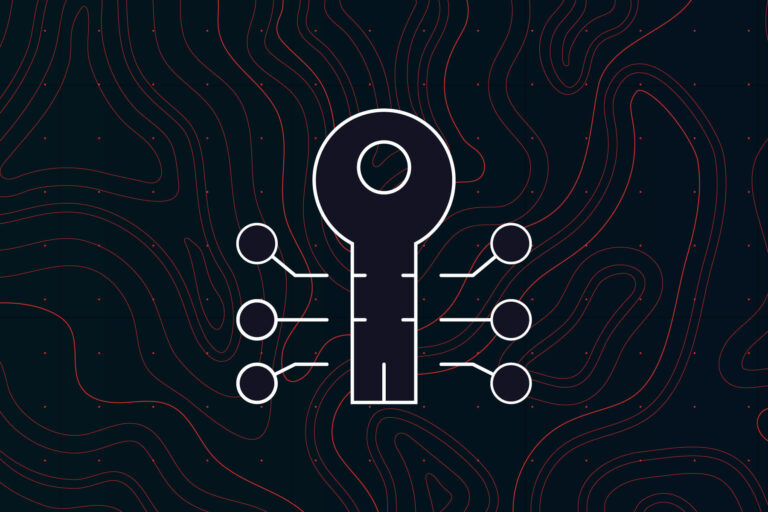Protecting an organization today means staying ahead of changes that happen every hour – new code releases, spun-up cloud instances, employees joining from new laptops, and threat actors probing for gaps. Audit frameworks now demand continuous assessment, not yearly snapshots, and insurers want proof that controls really work.
A truly resilient program has three pillars that reinforce each other:
- Manual penetration testing by elite experts who can chain subtle weaknesses, bypass business logic, and validate true exploitability far beyond what automated tools can see.
- A well-orchestrated vulnerability-scanning arsenal that runs around the clock and across every layer – code, infrastructure, cloud, and endpoints – to catch issues the moment they appear.
- Continuous asset monitoring that discovers new or drifting assets in real time, feeds them into scanners, and ensures nothing slips through the cracks.
Combined, these practices create a living feedback loop: assets are discovered, scanned, and remediated continuously; human testers dive deep into the highest-risk areas; and compliance teams receive real-time proof of control effectiveness.
1. Vulnerability Scanner (DAST) for Web Applications & APIs
What it does:
Dynamic Application Security Testing (DAST) executes live, black-box tests against your public-facing web apps and REST or GraphQL APIs. It mimics an attacker’s behavior by sending crafted requests, following redirects, and probing for misconfigurations without needing source code access.
Why it matters:
- Real-world coverage: Catches runtime issues such as authentication bypass, cross-site scripting (XSS) and injection flaws that static checks cannot see.
- Shift-right visibility: Finds vulnerabilities introduced after deployment, for example misconfigured DNS or secrets left in environment variables.
- Compliance boost: Provides evidence for SOC 2 CC8, PCI-DSS 6.6, ISO 27001 A.14 and OWASP Top 10 coverage, assuring auditors that production assets are continuously tested.
2. Network Scanner for Internal & External IPs
What it does:
Runs automated port discovery and service enumeration across corporate subnets, VPN ranges and Internet-facing IP addresses, then compares findings against vulnerability databases to flag unpatched software, weak ciphers and exposed services.
Why it matters:
- Attack-path reduction: Identifies forgotten assets and shadow IT before attackers do.
- Defense in depth: Reveals network-level weaknesses such as SMBv1, open RDP or default SNMP strings.
- Audit alignment: Supplies artifact reports for CIS v8, NIST CSF “Identify” and “Protect,” plus ISO 27001 A.13.
3. Code Scanners (SAST, SCA, Container, and other)
| Scanner | Primary Focus | Typical Findings |
|---|---|---|
| SAST | Source code and IaC templates | SQL injection, hard-coded secrets, insecure crypto |
| SCA | Open-source libraries and dependencies | Known CVEs, license violations, end-of-life versions |
| Container | Images and build pipelines | Outdated base OS, excessive privileges, misconfigured entrypoints |
Why they matter:
- Shift-left remediation: Catch defects during pull requests, when fixes cost pennies; not post-release, when they cost thousands.
- Supply-chain defense: Pinpoints vulnerable transitive dependencies (think Log4Shell) and helps you satisfy emerging SBOM requirements.
- Regulatory proof: Demonstrates secure SDLC practices required by ISO 27001 A.14, SOC 2 CC2.1 and FDA Secure Software Development guidance.
4. Employee Device Scanning & Automated Patching (Windows, macOS, Linux)
What it does:
Continuously inventories laptops and desktops, checks OS or application patch levels, and auto-deploys fixes or configuration baselines such as disk encryption or screen-lock policies.
Why it matters:
- Endpoint resilience: Shrinks the window between patch release and deployment, often the easiest way to stop ransomware and zero-days.
- Policy enforcement: Confirms antivirus, firewall and EDR presence for every user, even on remote or BYOD devices.
- Audit readiness: Supplies evidence for SOC 2 CC6, CIS Benchmarks and HIPAA §164.308(a)(5) workstation security.
5. Server & Cloud Resource Vulnerability Scanning
What it does:
Covers on-prem VMs, Kubernetes nodes and cloud workloads such as EC2, Lambda, GKE or Azure VMs. Scans for missing patches, weak IAM roles, exposed buckets and container runtime misconfigurations.
Why it matters:
- Cloud hygiene: Maps misconfigured security groups, public snapshots and over-permissive IAM roles that lead to data exposure.
- Container hardening: Flags outdated images and CVEs in package layers before deployment to production clusters.
- Framework mapping: Produces ready-made evidence worksheets for SOC 2 CC4.1, ISO 27017, PCI-DSS 2.2 and AWS Well-Architected security best practices.
6. Continuous Asset Monitoring
What it does:
Discovers and classifies every asset in real time – new cloud accounts, rogue subdomains, forgotten test servers, or devices joining the corporate network. Integrates with CMDBs and CSPM tools, automatically adding fresh assets to the relevant scanners.
Why it matters:
- Zero blind spots: You can’t secure what you don’t know exists. Automated discovery finds shadow IT and drift faster than quarterly inventories.
- Closed-loop coverage: Newly detected assets are queued for the right scanner (DAST, network, code, or endpoint) within minutes, keeping coverage ratios high.
- Audit confidence: Demonstrates to auditors and insurers that all in-scope assets are continuously identified and assessed – mapping directly to CIS CSC 1, ISO 27001 A.8, and NIST CSF “Identify.”
Putting It All Together
An effective vulnerability-management strategy works like an infinity loop:
- Asset monitoring fuels breadth. Every new or changed asset is auto-discovered and routed to the correct scanners.
- Scanners enforce speed. Automated engines flag misconfigurations and vulnerabilities immediately, generating tickets with SLAs.
- Pen tests deliver depth. Human experts validate exploit chains, tune scanner rules, and add context the machines can’t see.
- Governance unifies results. Dashboards merge human and automated findings, track remediation progress, and export evidence on demand.
This layered approach slashes breach risk while transforming audit prep from a fire drill into a routine export of dashboards and PDF reports. With continuous asset monitoring feeding always-on scanners and expert pen testers pushing the edge, security evolves at the same pace as your environment.
ToDo List
- Map your current posture: Identify which assets, layers, or geographies lack continuous coverage.
- Close the gaps: Deploy asset monitoring first, then add scanners where blind spots appear.
- Integrate and automate: Push all findings – human and machine – into a single workflow with clear ownership and deadlines.
Ready to combine elite human expertise with always-on asset discovery and scanning? Book a demo to see how our platform and penetration-testing team can build a truly continuous security program for your organization.


